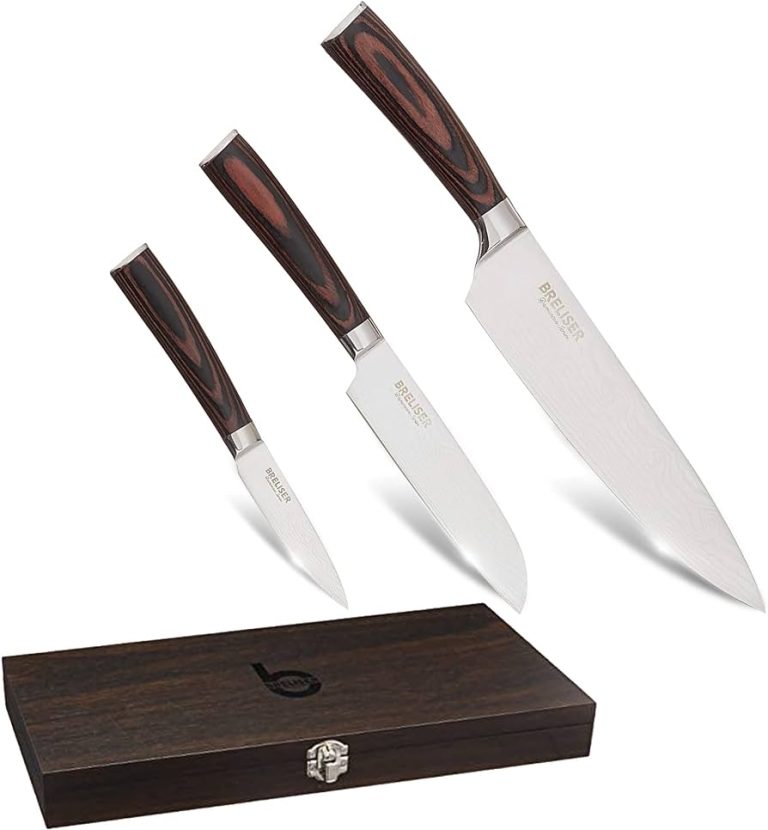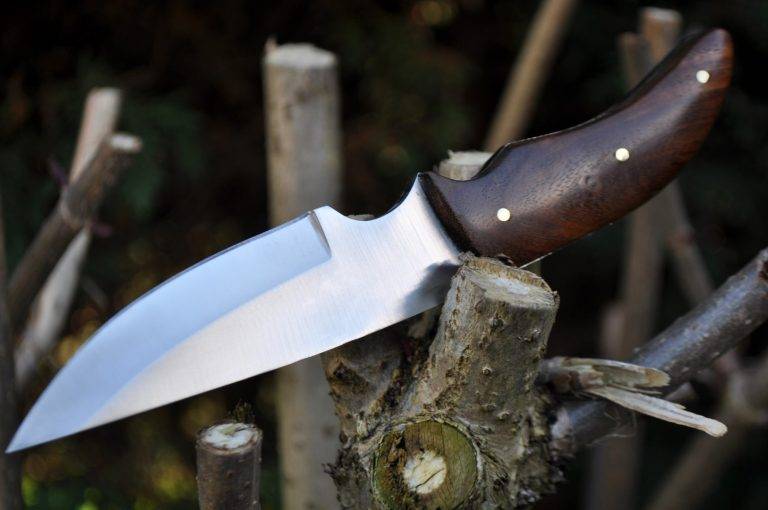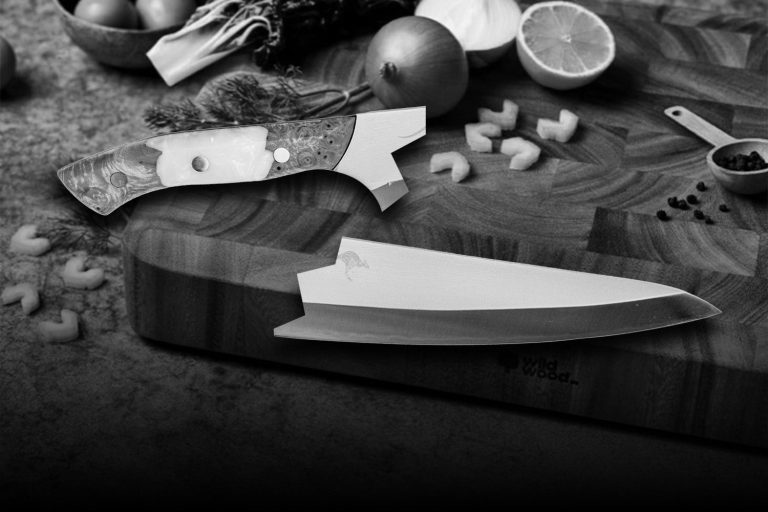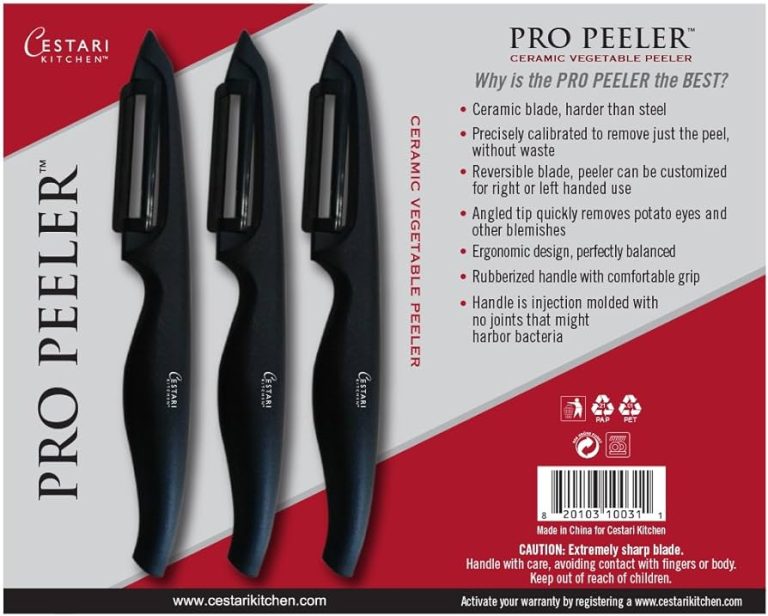The Art of Chopping: Knife Skills for Precision
The art of chopping, also known as knife skills, is essential for precision in cooking. Mastering knife skills allows you to slice, dice, and chop ingredients with speed and accuracy, resulting in even cooking and professional-looking dishes.
We will explore the techniques and tips for improving your knife skills, from selecting the right knife to proper hand placement and cutting techniques. By honing your knife skills, you can elevate your culinary prowess and save time in the kitchen.
Let’s dive into the world of precision chopping and unlock the secrets to becoming a master of the blade.
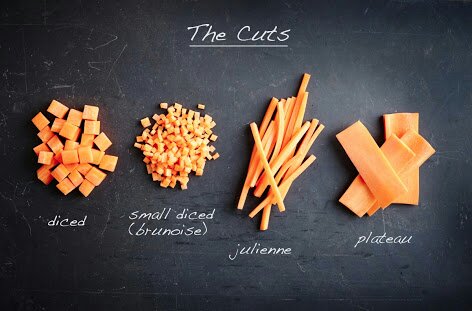
Credit: foodartandfun.weebly.com
Why Knife Skills Matter
The art of chopping, also known as knife skills, is a crucial aspect of culinary expertise. It goes beyond just cutting ingredients; it is about precision and mastery. The importance of knife skills in the culinary arts cannot be overstated.
Knife skills directly impact both the taste and presentation of dishes. By skillfully chopping and slicing ingredients, their natural flavors and aromas are released, enhancing the overall taste of the dish. Additionally, the way ingredients are cut can affect their texture and how they cook.
Furthermore, honing your knife skills can significantly enhance efficiency and safety in the kitchen. When you have mastered knife techniques, you can work more swiftly, reducing cooking time and improving productivity. Additionally, proper knife handling reduces the risk of accidents and injuries, ensuring a safe working environment.
Therefore, whether you are an aspiring chef or an avid home cook, investing time and effort into developing your knife skills is essential. It not only elevates the quality of your culinary creations but also contributes to a more enjoyable and efficient cooking experience.
Essential Knives And Their Uses
“`The Art of Chopping: Knife Skills for Precision
Achieving precision in the kitchen often relies on having the right tools for the job. Here are some essential knives that every chef should have:
| Knife | Use |
|---|---|
| Chef’s Knife | A versatile workhorse, ideal for a wide range of tasks from chopping vegetables to slicing meats. |
| Paring Knife | Perfect for precise cuts and intricate detail work such as peeling fruits and vegetables or deveining shrimp. |
| Santoku Knife | A versatile Japanese knife with a wide, flat blade that excels in various chopping techniques, from slicing to dicing. |
| Serrated Knife | Designed with a saw-like edge, it effortlessly slices through bread without crushing it, ideal for delicate ingredients like tomatoes as well. |
Each of these knives serves a specific purpose in the kitchen, allowing you to achieve precise and professional results in your culinary endeavors. Mastering your knife skills with these essential tools will elevate your cooking game and make your preparation more efficient.
“`Proper Knife Handling And Grip Techniques
The key to mastering the art of chopping lies in proper knife handling and grip techniques. Holding the knife with the correct grip is essential for precision and control. By maintaining a firm yet relaxed grip, you can ensure balance and control while chopping. This not only enhances your chopping skills but also reduces the risk of accidents and ensures safety in the kitchen.
An equally important factor in achieving precision is the sharpness of your knife. A sharp knife not only makes chopping easier but also improves the accuracy of your cuts. Regularly honing your knife helps maintain its sharpness and keeps it in optimal condition.
By focusing on proper knife handling, grip techniques, and maintaining a sharp knife, you can elevate your chopping skills to a whole new level. Whether you’re a seasoned chef or a home cook, mastering these techniques will enhance your chopping precision and make your culinary endeavors a breeze.
Basic Knife Cuts For Precision Chopping
Knife skills are essential for achieving precision and consistency in your chopping tasks. There are several basic knife cuts that every aspiring chef should master:
- Dicing: This technique involves cutting ingredients into consistent, evenly-sized cubes. It creates a uniform texture and ensures even cooking. To dice, start by cutting the vegetable into slices, then stack the slices and cut them into sticks, and finally cut the sticks into cubes.
- Julienne: To achieve matchstick-shaped cuts, julienne is the way to go. It is commonly used for ingredients such as carrots and zucchini. Start by cutting the vegetable into long, thin slices. Then stack the slices and cut them into matchstick-shaped strips.
- Brunoise: For finely dicing vegetables into tiny cubes, brunoise is the preferred method. This technique requires precision and attention to detail. Start by dicing the vegetable into small cubes and then cut them into even smaller, uniform pieces.
- Chiffonade: If you need to shred leafy greens into thin, ribbon-like strips, chiffonade is the technique for you. Stack the leaves, roll them tightly, and finally cut them into thin strips.
Mastering these basic knife cuts will not only enhance your precision chopping skills but also elevate the presentation and texture of your dishes.
Mastering Advanced Knife Skills
Mastering advanced knife skills is an essential part of the art of chopping. It requires precision, speed, and efficiency to achieve the desired results. One such skill is Tourne, which involves skillfully turning vegetables into neat, football-shaped pieces. This technique not only enhances the visual appeal of the dish but also ensures even cooking.
Paysanne is another advanced knife skill that results in elegant, thinly sliced vegetable squares. Perfectly executed Paysanne adds a touch of sophistication to salads and stir-fries.
When it comes to Filet, the focus is on creating even slices of fish or meat. This requires steady hands, sharp knives, and a proper understanding of the correct angle and pressure.
For those who value speed and precision, the Rock Chop technique is ideal. By using a rocking motion, this technique allows for efficient chopping, especially when dealing with herbs and vegetables.
Tips And Tricks For Perfectly Chopped Ingredients
Tips and Tricks for Perfectly Chopped Ingredients
When it comes to knife skills, selecting the right cutting board is essential. Opt for **a sturdy and non-slip** cutting board made from materials like wood or plastic. These materials are gentle on your knife blades and provide stability during chopping.
A sharp knife is crucial for precise and effortless chopping. **Regularly sharpen** your knives using a whetstone or a sharpening steel to maintain their sharpness. Additionally, **honing your blades** before every use helps realign the edges for optimal performance.
To ensure even cooking, aim for **consistent size and shape** when chopping ingredients. This allows for uniform heat distribution during cooking. Pay attention to your chopping technique and use **a proper grip** for greater control over your cuts.
Proper storage and handling are key to keeping chopped ingredients fresh. **Immediately store** them in **airtight containers** or wrap them tightly in cling wrap to prevent exposure to moisture. Keep chopped vegetables in the refrigerator, while herbs benefit from being stored with a damp paper towel.
Advanced Knife Care And Maintenance
Cleaning and sanitizing **knives** is an essential part of **advanced knife care and maintenance**. Regular cleaning helps to remove food residue, bacteria, and prevent cross-contamination. Start by **washing the knife with mild dish soap and warm water**, using a sponge or soft cloth. Be sure to **thoroughly dry the knife** to prevent rusting.
To maintain the **handles and blades**, avoid **submerging** the knives in water and **using harsh chemicals**. Instead, wipe them down with a damp cloth and mild detergent. For wooden handles, apply a small amount of mineral oil to keep them hydrated and prevent cracking.
**Sharpening techniques** vary depending on the type of knife. A **whetstone** can be used to sharpen **chef’s knives**, while **ceramic honing rods** are suitable for maintaining the sharpness of **serrated knives**. Consider **professional sharpening services** for more delicate or specialized blades.
Proper storage is crucial for **ensuring longevity and safety**. Use a **knife block**, **magnetic strip**, or **knife sheath** to protect the blades and prevent accidents. **Avoid storing knives loosely** in drawers where they can become damaged or pose a risk.
Honing Your Knife Skills: Practice And Resources
The Art of Chopping: Knife Skills for Precision Recommended exercises to improve knife skills |
|
Conclusion
Mastering the art of chopping and honing knife skills is a fundamental aspect of cooking that can greatly enhance the precision and efficiency in the kitchen. With a sharp, well-maintained knife, you can transform mundane tasks into a pleasurable, creative experience, putting your culinary talents to full use.
By understanding the various types of cuts, such as julienne, chiffonade, and brunoise, you can elevate your dishes to new heights of presentation and taste. Don’t forget the importance of proper hand positioning and grip, as it not only ensures safety but also enables better control while chopping.
Remember, practice makes perfect, so carve out a few moments each day to sharpen your skills. Whether you’re a novice cook or a seasoned chef, investing time in honing your knife skills will undoubtedly make you a more efficient and confident culinary artist.
Happy chopping!

